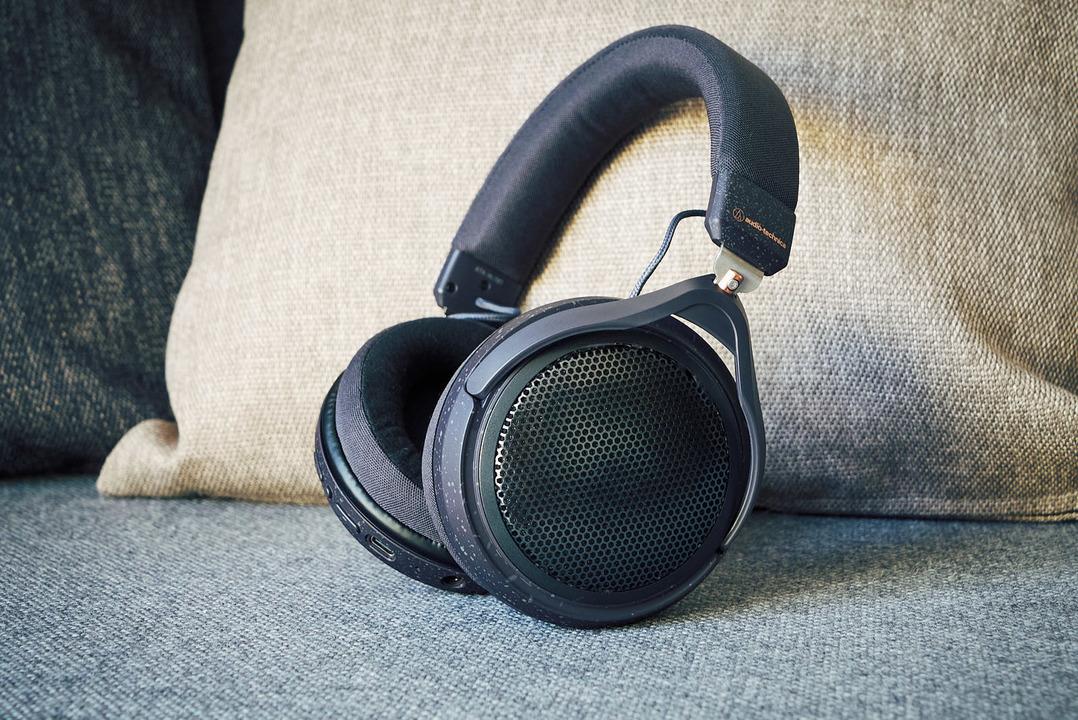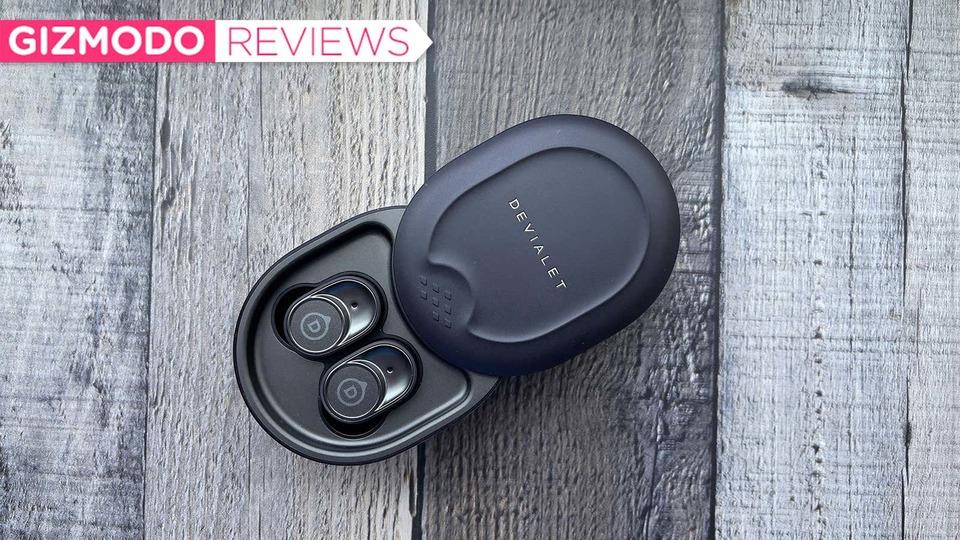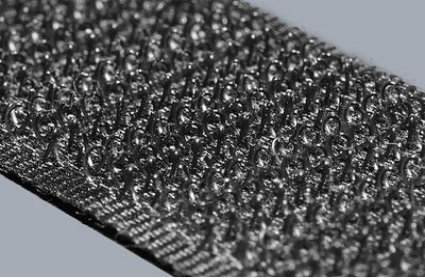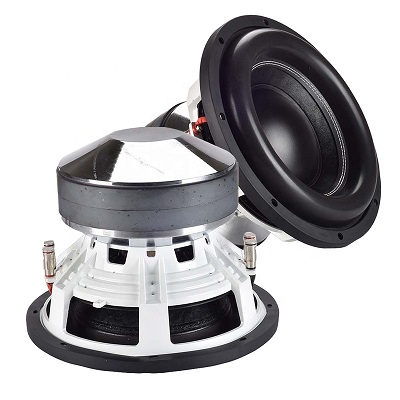The most changed culture since Corona may be "live".
Many live concerts, festivals and club events have been canceled in Korona-ka, where gathering people was regarded as a negative behavior.
However, "online live" has become popular as one answer to such a predicament. Online simultaneous distribution is no longer uncommon, even as real-life spectators are reviving in stages.
And many people are reviewing their home audio environment to enjoy the live experience at home. The open-type wireless headphones "ATH-HL7BT" by Audio-Technica is one of the products that responds to such a trend.
We asked STUTS, a musician who has made a break with live performances and has appeared at many festivals, about his thoughts on live performances, how to enjoy online live performances, and his impressions of using "ATH-HL7BT".
STUTS
A track maker and MPC player born in 1989. In parallel with his own work production and live performance, he has produced numerous works, collaborated and provided music for TV and CM. In recent years, he has appeared in the "69th NHK Kouhaku Uta Gassen" with Gen Hoshino and STUTS. & Takako Matsu with 3exes has expanded her field of activity by releasing the theme song "Presence" for the Kansai-Fuji TV series drama "Omameda Towako and the Three Motoo".
"The charm of live performance" that created the musician STUTS
──One of the reasons why STUTS's name became widely known was the live video on the street in NY Harlem. Many beat makers have the image of providing beats to rappers and singers as "behind the scenes", but what made STUTS start their own live activities?
STUTS: Originally, I was making tracks and appearing in clubs as a DJ. But while I was playing other people's songs as a DJ, I started to want to hear more of my songs. At first, I started by having sessions with rappers and dancers at the club, rather than doing my own live concerts.
──There are various types of so-called beat maker / track maker live performances, such as patterns arranged on a PC and patterns for playing the keyboard. Why did STUTS choose the style of hitting MPC (a padded sampler that has been used for a long time in hip hop)?
STUTS: At first I didn't know how track makers generally live. But when I saw HIFANA hitting the MPC and performing, I knew that I could do a live concert with the MPC I use for music production, so I decided to do a live concert.
──Are there any other live experiences that left an impression on you besides HIFANA?
STUTS: It's a 2014 live performance by Karriem Riggins at Shibuya VISION. He's a drummer but a musician who also does beat make-up, but at live he pulled out the drums of the beats he made and instead played the live drums himself. Seeing that, he was influenced by thinking, "There is such a way."
Until then, I was tied to a style that was completed with just MPC, where all the sounds were hit with a pad in real time. However, that limits what you can do, so he started playing the drums and SE himself, and otherwise playing in a sampler different from MPC. rice field.
──What do you think is the real thrill of live performances, including the experience of watching other people's live performances?
STUTS: It's a feeling of air and groove that can only be created at that place. Of course, there is also the groove of the musician himself, but it is a comprehensive communication that includes the groove created by the reaction of the customer. After all, I think that the appeal of live performances is largely due to that kind of "live" feeling.
Online has an online "live feeling"
──You talked about the appeal of live performances, but since it has become difficult to perform live in the traditional way since Corona, online live performances have surged. STUTS is also performing live online, but is the feeling different?
STUTS: Mysteriously, online has a live feeling online. Last year, I was allowed to do a live live concert from home, but I felt like I was doing a live concert normally. There are online live concerts where customer comments flow on the screen, but even live concerts where comments are not displayed have a live feeling.
──Do you feel like a live concert even if you don't have any comments?
STUTS: Yes. Maybe it's because of the awareness that "this is being delivered now." And it may be because what I'm doing is the same whether it's a live broadcast or a live concert. Of course, I think that online and live concerts are different overall, but I feel that online has the advantages of being online.
──Did you watch the online live performances of other musicians?
STUTS: I wasn't watching it so enthusiastically, but I was watching it from time to time. When Akihisa Kitasato (Alfred Beach Sandal) was doing an instagram of playing and talking at home and watching it on the vertical screen of a smartphone, it made me feel strange and left a strong impression on me.
Also, the event of rapper Travis Scott held in the game "Fort Knight" had a very live feeling even though he was not performing (Editor's note: Creating a special field in the game) , 3D modeled giant Travis performed). It was a form of participating with other players, so it may have been great to see how they were enjoying each other.
And this is also a little different from the online live, but recently the American festival
──One of the real thrills of live performances is the realistic, loud sound. What kind of environment does STUTS usually listen to, including online live performances?
STUTS: I use earphones when I'm walking outside, and monitor speakers and headphones that I use for production at home. It's also fun to listen to music on the caste while driving a car.
Basically, I listen through speakers, but when I want to check fine sounds, I often use headphones. It's like listening to what you're interested in with headphones. Also, when I first listen to a work that I've always been interested in or an album that I've been looking forward to, I often listen to it using headphones.
──It's like sitting upright and listening (laughs).
STUTS: Yes (laughs). In terms of living environment, it is not always possible to output volume with monitor speakers, and headphones are useful.

"ATH-HL7BT" with a fresh feeling between headphones and speakers
Now that online live concerts have become commonplace, there are challenges that have come to light. It means that each listener must reproduce the acoustic experience that was possible only at the live venue.
Headphones as a "product for enjoying a live-like experience at home" are attracting attention. It goes without saying that the recent headphone / earphone boom speaks for itself.
This time, STUTS asked us to try Audio-Technica "ATH-HL7BT (hereinafter, HL7BT)", which is a new type of headphones that is unlikely to be open type x wireless x stereophonic sound that fits in such a modern age.
──You used Audio-Technica headphones "HL7BT" this time. How did you feel frankly?
STUTS: It just feels fresh. I had never used open headphones properly, but I didn't feel the pressure on my ears, and I thought it was almost like listening to music through speakers. And the body is very light and comfortable to wear, and I can move around freely wirelessly, so I felt like I forgot to wear it.
It also looks good for online meetings. Since last year, I've been receiving more remote interviews, and I've had more opportunities to talk online with my collaborators, but until now I've been using the built-in speakers of my smartphone or PC. However, since this "HL7BT" is an open type, I could hear my voice well and felt it was very easy to talk to. And since it's light, it's nice to have an online meeting with a natural feel.
──How is the sound?
STUTS: I thought it was a headphone with a clear localization that makes it easy to see the position of the instrument. The feeling that the stereo localization is finely divided is transmitted, and I feel that it is close to the feeling of watching a live concert. And the low range is out at a level that can be monitored firmly, yet the overall balance is good. I've said it many times since a while ago, but it's still light (laughs), so I don't think I'm tired of listening to it while enjoying the music.
──No, it's really light (laughs). By the way, are there any songs you use to check the sound of these audio equipment?
STUTS: Let's play some songs that you are used to listening to. This time I listened to Marlena Shaw's "Feel Like Making Love". It was recorded in the 70's, but the beats are sounding well and I like the stereo feeling of the instrument, so it's a song I'm used to listening to in various environments.
──This time, your song is "HL7BT" ...
STUTS: I listened to it (laughs). I listened to "Presence", and I felt that the low frequencies were coming out properly and the overall balance was sounding well.
STUTS: I would be happy in any environment if I could listen to my music, and I like the goodness of smartphone speakers. However, if you use such good headphones and earphones, you will be able to hear the low frequencies that you wanted to express, so I'd be happy if you could listen to them in such an environment. Even when I write songs, I work with headphones when adjusting fine balance and checking noise.
── "HL7BT" is also compatible with the stereophonic technology "360 Reality Audio". How was your experience?
STUTS: It feels like the music sounds more outside than in my head, and it's fresh. It's a live sound image, so I think it's especially good for live sound sources. When listening to music at a live venue, I think there are echoes from various directions, not just the speakers next to the stage, but since it can be reproduced, it seems to be a realistic experience.
──Do you feel the potential of 3D sound as a musician?
STUTS: As a musician, I haven't completely created the image I'm dealing with in my work, but I feel the possibility. I'm originally a track maker, so I have a strong sense of making works in stereo format, but for musicians who want to reproduce the live feeling of live performances like band people, 3D sound can be more realistic. I will. When I wanted to make music that recreated a live performance, I thought I should try using 3D sound.
── "HL7BT" also supports high resolution sound sources by using a wired connection. Do you usually listen to high resolution?
STUTS: There is also a problem with the amount of data, so I don't consciously select and listen to high-resolution audio, but I'm very happy as a musician to see more high-resolution audio products like this. Recently, high-resolution audio support is increasing for streaming, and I think it is a very good time for people to easily listen to mastered data without compressing it.
I want technology that "maximizes" human senses and ideas
──Finally, I would like to ask you about “music and technology”. Do you have a desire to “want such equipment and software”?
STUTS: I'm not a tech musician, so I'd rather have a more credible interface than something new with tech. When using hardware equipment, sometimes the connection does not work well. I hope that such stability will be improved and latency will be reduced to the limit. Even if you don't get an error in normal use, if you don't connect once a month, that alone will lower your tension.
──You aren't looking for something magical in technology.
STUTS: By the time I first bought the MPC in 2005, MPC was already an anachronistic technology (laughs).
── Certainly (laughs).
STUTS: However, some of the plug-ins that I usually use for mixing work, etc., have AI that cuts and lifts the right bandwidth, which is still convenient. But as a musician, I don't want to be technology first. After all, I think it's human beings who use the latest technology, so I'd like to use the technology to maximize the human senses and ideas.
With that in mind, when I make music, I value my physical sense. I still use MPC because I can perform various physical operations.
Headphones are wearable devices that enhance human senses
Wearable devices are becoming more and more familiar to our lives, just as smartwatches are no longer a rarity. Recently, I've been hearing a few voices asking, "Will the wave of AR glass come next?"
However, it seems that headphones are the most familiar wearable device now. Headphones have long been popular as a device for enjoying music at distances and resolutions that were previously impossible, and as a device that can be warped to live venues and studios where even one musician plays.
Headphones, which are such a standard gadget, have come here and are expected to play a new role. The reason, of course, is our lifestyle that has changed through the Korona-ka.
Coupled with the widespread use of music and movie streaming services, we have reviewed the abundance of home time. Furthermore, it has become possible to enjoy online live concerts around the world from home, and at the same time, it has become possible to communicate with the world through video conference software.
"HL7BT" is a product optimized for such a modern lifestyle. The lightweight and comfortable design provides a comfortable listening environment even if you leave it on for a long time. Not only does the open-type sound with a lack of sound prevent listening fatigue, but it also enables stress-free calls when combined with a beamforming microphone.
STUTS says, "I'm going to forget to put it on." These headphones aren't wearable devices that expand the possibilities of people who can connect with all kinds of content and people around the world while relaxing at home. Is it?
Source: Audio-Technica


